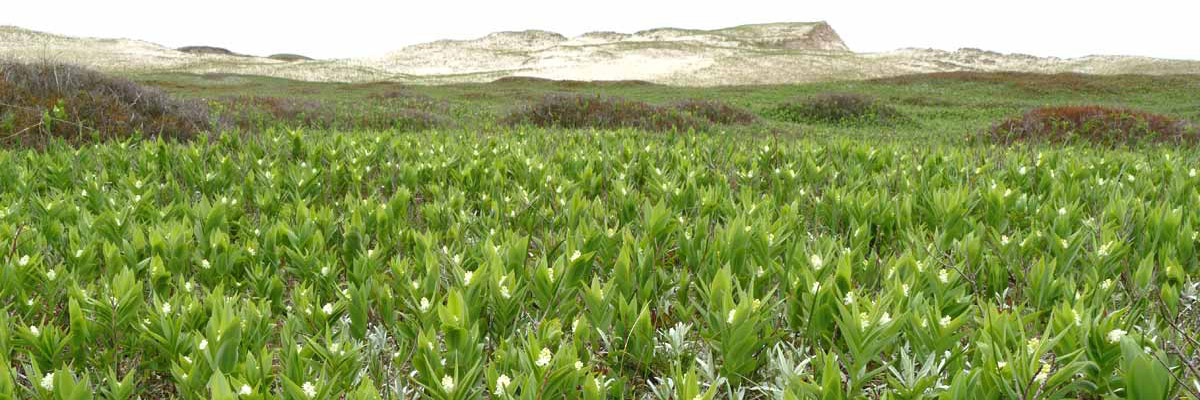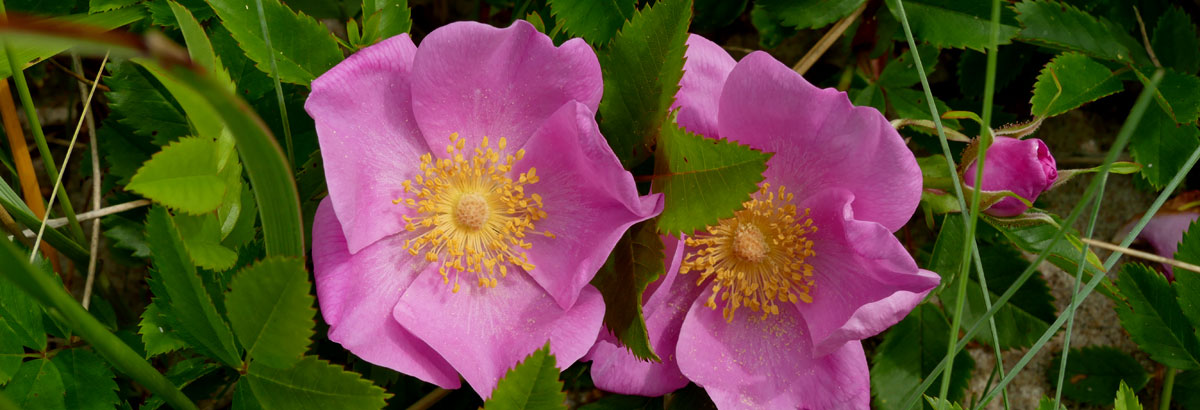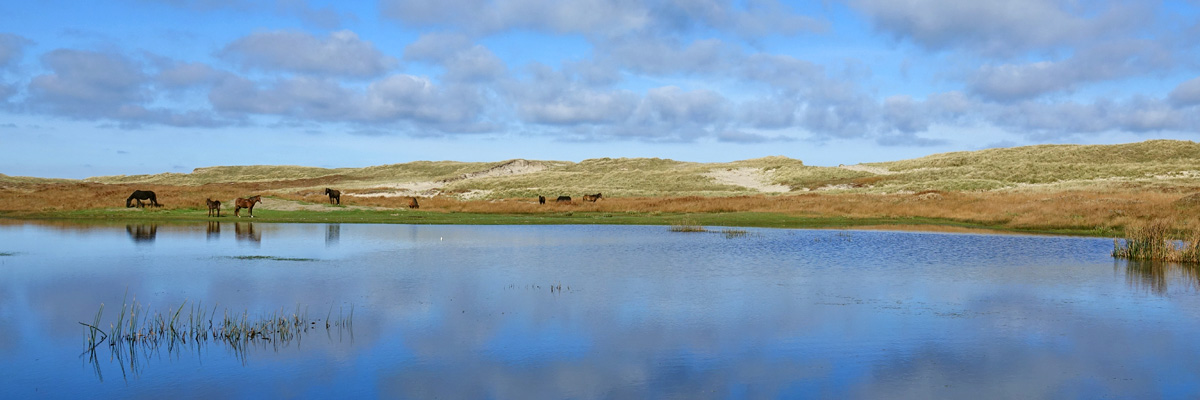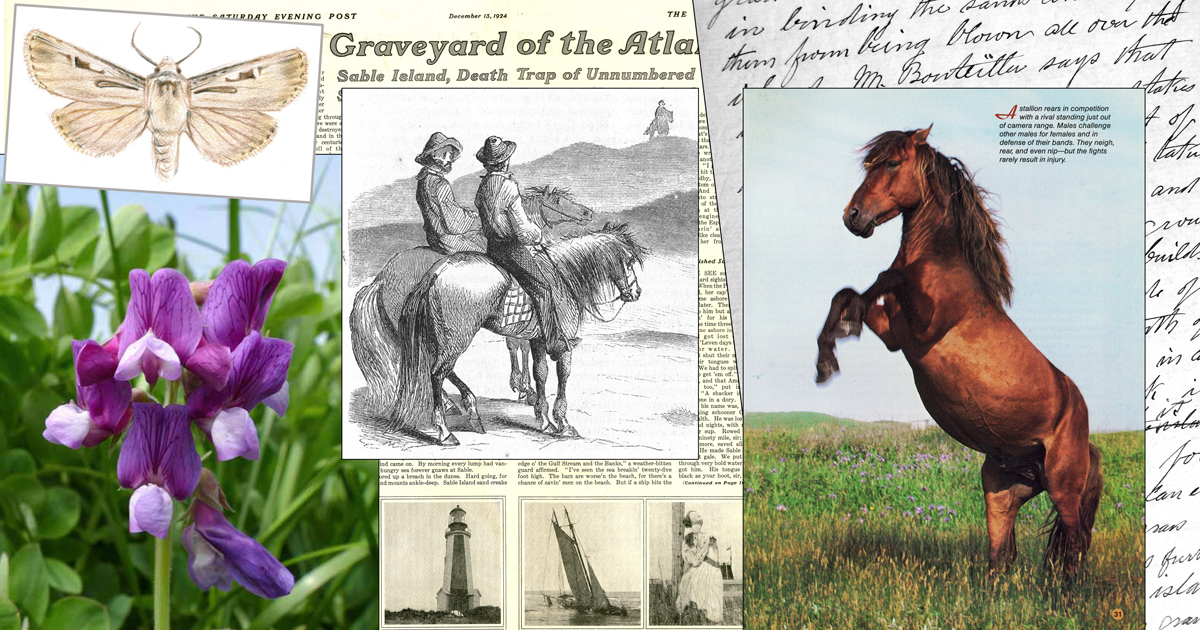The Sable Island Institute is offering prizes for creative prose about Sable Island
If you live in Nova Scotia, are 10 to 13 or 14 to 17, and are interested in Sable Island, you could be a winner!
The contest is open to Nova Scotia youth writing in English. Prizes will be awarded to two winners in each age category.
The prize package includes a cash prize ($100 for younger writers; $200 for the older), a book about Sable Island, a set of Sable Island note cards, and a year’s membership in our provincial writing association, the Writers’ Federation of Nova Scotia. And, this year, the WFNS is also offering winning writers free registration in any Creative Writing Day Camp of their choosing.
What aspect of Sable Island interests you?
Here are some examples that might inspire your writing:
- History, shipwrecks, and the island’s reputation as the “Graveyard of the Atlantic”.
- The lifesaving station and the people who worked there, and the children who grew up on the island.
- The seasons, fog, storms, windswept dunes, and old abandoned buildings half-buried by wind-blown sand (and sometimes aglow in the light of a full moon).
- Archaeologists who search for the island’s history under the sand.
- The scientists and students who study Sable’s plants and animals, or the artists who paint, write, and sing about the island.
- The bands of wild horses, or the thousands of seabirds that nest on the island.
- The life and the long-distance travels of the Ipswich Sparrow, a little bird that nests only on Sable Island, nowhere else in the world.
- All the Grey Seals that gather on the beach for pupping season.
- Orchids, cranberries, and wild roses.
- The sounds—the roar of the surf, voices of seals in the night, the eerie calls of the storm-petrels, or the rattling and rustling of grasses in the wind.
- Things that wash up on the beach—shells, feathers, jellyfish, crabs, triggerfish, seal and walrus skulls, notes-in-bottles, and more unusual items such as small model boats, wooden carvings of animals, and life rings.
- Or even the plastic garbage that washes up on the beach—bath toys, straws, cutlery, yogurt tubs, water bottles, flip flops, hard hats, deck chairs, tangles of rope, dolls, hoses, paddles, shower curtains, and squeeze balls.
- You could create a ghost story, or imagine what it was like on the island during Hurricane Fiona.
And there’s so much more, so many different subjects to explore!
You can choose whatever aspect interests you most, or combine some.
Research!
Primary Resource – this website!
The Sable Island Institute site provides a wide range of information about Sable’s people, natural history, and activities. Some of the site’s 100s of images may provide inspiration and ideas for storylines or essay subjects.
Other helpful websites are:
Wikipedia Sable Island
Parks Canada
Nova Scotia Archives
And recommended library books:
History
Sable Island (2010), by Bruce Armstrong.
Sable Island Shipwrecks (1994), by Lyall Campbell.
Sable Island, Tales of Tragedy and Survival from the Graveyard of the Atlantic (2006), by Johanna Bertin.
Sable Island in Black and White (2016), by Jill Martin Bouteillier.
Science and Natural History
The Ecology and Biodiversity of Sable Island (2016), edited by Bill Freedman.
We recommend the above books and websites because it is sometimes difficult to avoid the less reliable sources of information available online and in printed material. Such sources can give you inaccurate information.
Write!
Group 10-13 years: 500 – 1000 words
Group 14-17 years: 1500 – 2500 words
Prose may be fiction (story) or non-fiction (essay). Winners will be chosen for a) excellence of research based on recommended sources, b) skillful prose, and c) an imaginative connection to Sable Island.
Submit!
Submit your work in a Word document to sableinwords@gmail.com
- Include on the first page (above your title) your name, your age or your age group, and the word count.
- Please do not send your entry in Google Drive. In past contests we have had difficulties with permissions and sharing entries with the reviewers/judges.
The deadline for submission is Friday, April 14, 2023
The contest’s judges are all published authors and educators, and include persons with a depth of Sable Island experience.
Winners!
Winners will be announced on Friday, June 9, 2023.
The winning writing will be posted on the Sable Island Institute website.
We are looking forward to reading your words!
This is the fifth annual Sable in Words contest. See the winning entries in the four previous contests:
Sable in Words 2019
Sable in Words 2020
Sable in Words 2021
Sable in Words 2022
Questions may be sent to Sable Island – sableinwords@gmail.com
A few glimpses…
 Ruins of the Old Main Station, including the superintendent’s house at the left. Photo taken in 1973 by Wyb Hoek.
Ruins of the Old Main Station, including the superintendent’s house at the left. Photo taken in 1973 by Wyb Hoek.
 Sable Island Station. The station, built by the Meteorological Service of Canada, supported the aerological program (twice-daily weather balloons) from 1944 to 2019. The station was also one of Canada’s more important atmospheric research facilities. It is now owned and operated by Parks Canada.
Sable Island Station. The station, built by the Meteorological Service of Canada, supported the aerological program (twice-daily weather balloons) from 1944 to 2019. The station was also one of Canada’s more important atmospheric research facilities. It is now owned and operated by Parks Canada.
 This small aircraft—a Britten-Norman Islander—is most commonly used for travel between the mainland (Halifax, Nova Scotia) and Sable Island. The plane lands on the beach. The runway is marked out by station personnel, and the windsock flies from the station truck (parked nearby with headlights on).
This small aircraft—a Britten-Norman Islander—is most commonly used for travel between the mainland (Halifax, Nova Scotia) and Sable Island. The plane lands on the beach. The runway is marked out by station personnel, and the windsock flies from the station truck (parked nearby with headlights on).
 A Search and Rescue helicopter during a stopover on Sable Island. The landing pad is next to the Sable Island Station, and it has very bright lights for nighttime operations.
A Search and Rescue helicopter during a stopover on Sable Island. The landing pad is next to the Sable Island Station, and it has very bright lights for nighttime operations.
 A field of Starry False Solomon’s-seal in flower in early summer.
A field of Starry False Solomon’s-seal in flower in early summer.
 Wild rose in bloom during late July. This species is abundant on Sable Island, and its foliage and rose hips are a favourite food of the horses.
Wild rose in bloom during late July. This species is abundant on Sable Island, and its foliage and rose hips are a favourite food of the horses.
 Horses near the edge of a freshwater pond in autumn, full after several tropical storms brought heavy rainfall.
Horses near the edge of a freshwater pond in autumn, full after several tropical storms brought heavy rainfall.
 A band of horses resting on the north beach near a pile of driftwood that they use as rubbing posts. It’s early July and the stallion has a glossy summer coat, but the yearling is still scruffy as it sheds its thick winter hair.
A band of horses resting on the north beach near a pile of driftwood that they use as rubbing posts. It’s early July and the stallion has a glossy summer coat, but the yearling is still scruffy as it sheds its thick winter hair.
 A family band of horses grazing in a field of beach grass. The landscape is golden with the fall colours of dune vegetation in early November.
A family band of horses grazing in a field of beach grass. The landscape is golden with the fall colours of dune vegetation in early November.
 Grey Seals hauled out along the edge of the water at the northeast tip of Sable Island.
Grey Seals hauled out along the edge of the water at the northeast tip of Sable Island.
 A Grey Seal with her fresh, new silvery coat. Every spring these seals shed the worn, dull, and discoloured hair of their year-old coats.
A Grey Seal with her fresh, new silvery coat. Every spring these seals shed the worn, dull, and discoloured hair of their year-old coats.
 With some Grey Seals playing in the waves, the green-blue water looks clear and clean. However, out there, afloat in the ocean are uncountable numbers of plastic items and fragments.
With some Grey Seals playing in the waves, the green-blue water looks clear and clean. However, out there, afloat in the ocean are uncountable numbers of plastic items and fragments.
 These plastic containers were collected from the beach during a Brand Audit survey, part of the Sable Island Institute’s study of plastic pollution in the marine environment.
These plastic containers were collected from the beach during a Brand Audit survey, part of the Sable Island Institute’s study of plastic pollution in the marine environment.
Please visit other pages and posts in this website for more photographs and information about Sable Island.
Except where noted otherwise, all photos Zoe Lucas
!!!<><><>!!!<><><>!!!<><><>!!!


